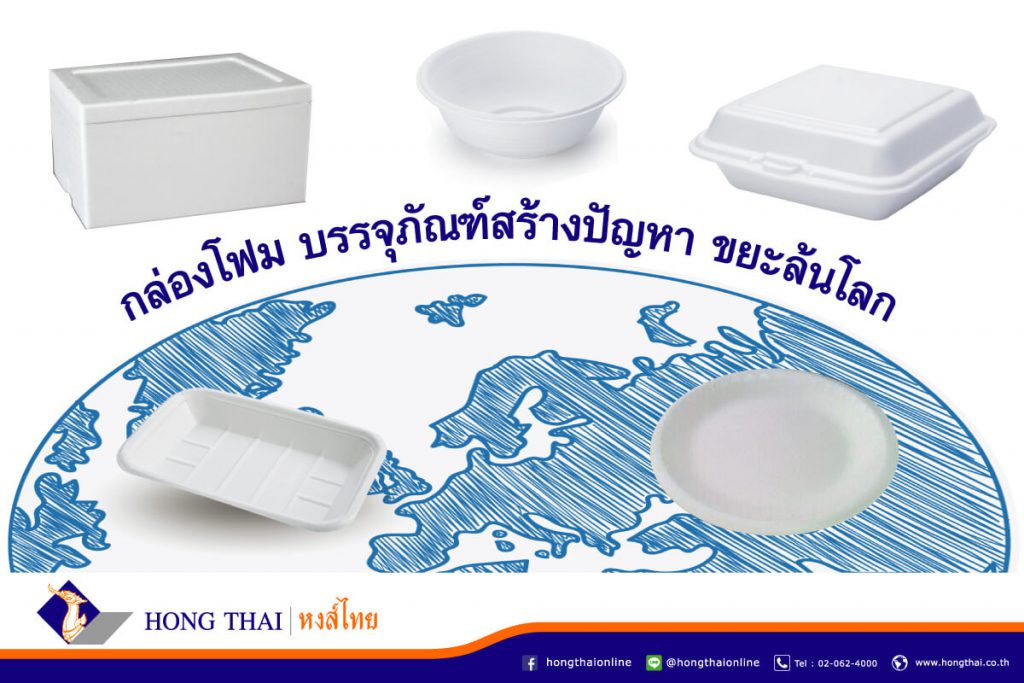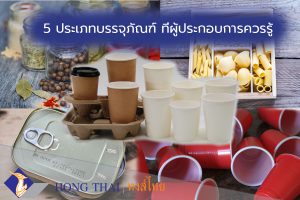When discussing food and beverage packaging, it is evident that foam containers and various foam-based packaging solutions are widely used by businesses. In fact, they are often preferred over paper cups, paper food boxes, and other eco-friendly packaging materials. One of the main reasons for their popularity is their affordability and easy availability. However, foam packaging is one of the most environmentally harmful packaging materials.
Foam Containers: Production and Raw Materials
Foam is a product made from polystyrene plastic pellets, processed using expansion agents or chemicals that cause the material to expand and foam under high heat. Some of these chemicals contribute to environmental pollution. To mitigate this impact, manufacturers have developed alternative foaming agents such as butane or pentane, which are less harmful to the environment. Despite these improvements, foam food and beverage packaging remains a significant waste management issue, as it is a synthetic material that does not naturally decompose. When burned, foam releases pollutants that pose social and environmental challenges.
Health Risks Associated with Foam Containers
Experts in environmentally friendly packaging warn that foam food containers contain styrene, a carcinogenic substance that can leach into food. Regular consumption of meals from foam containers—at least one meal per day over ten years—can increase the risk of developing cancer by up to six times compared to individuals who avoid foam packaging.
In addition to cancer, toxic substances in foam packaging can also damage bone marrow, liver, and kidneys. Exposure to styrene affects skin health, impairs movement and balance, and negatively impacts both the central and peripheral nervous systems.
How Foam Packaging Contaminates Food
Foam food and beverage containers, such as takeaway boxes, foam cups, and foam plates, contain styrene, which can leach into food under the following conditions:
- 1. High food temperatures in foam containers
- 2. Foods with high oil or fat content stored in foam packaging
- 3. Storing food in foam containers for extended periods
- 4. Heating food in foam containers using a microwave
- 5. Freezing food in foam containers for long durations
The excessive use of foam packaging has led to a waste crisis. Since foam is non-biodegradable, burning it for disposal generates severe pollution. With growing awareness of environmental conservation, businesses that understand these challenges can contribute to sustainable packaging solutions. By selecting appropriate materials for food and beverage packaging, companies can align with consumer expectations, reduce environmental impact, and achieve long-term business success.






